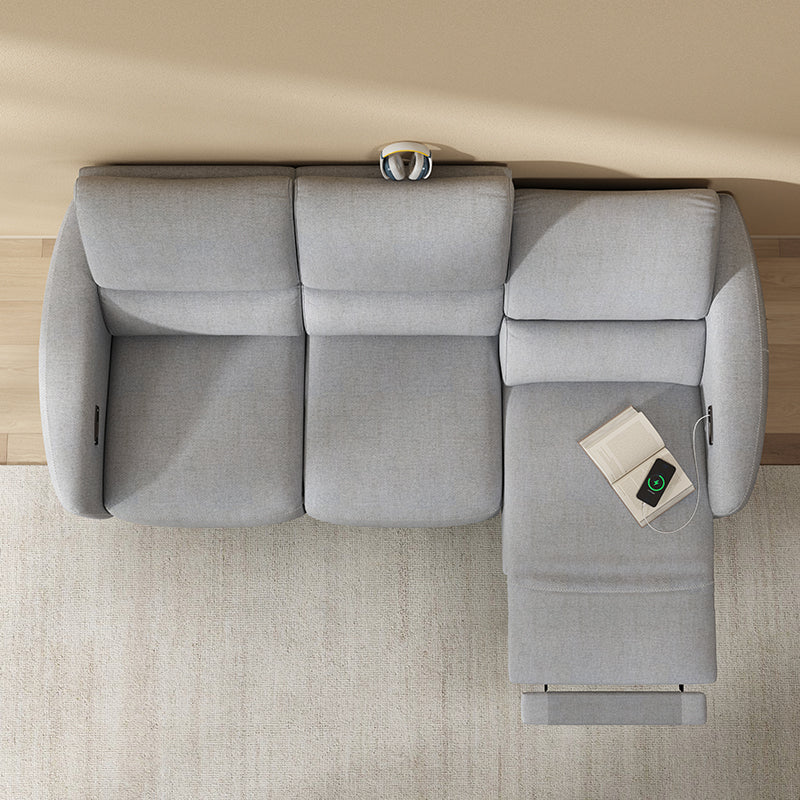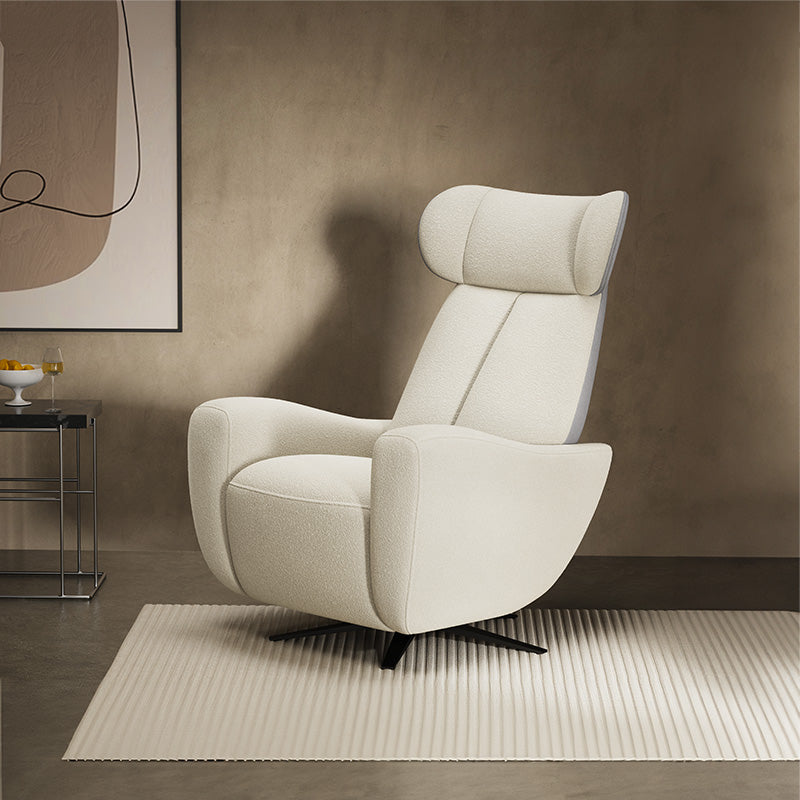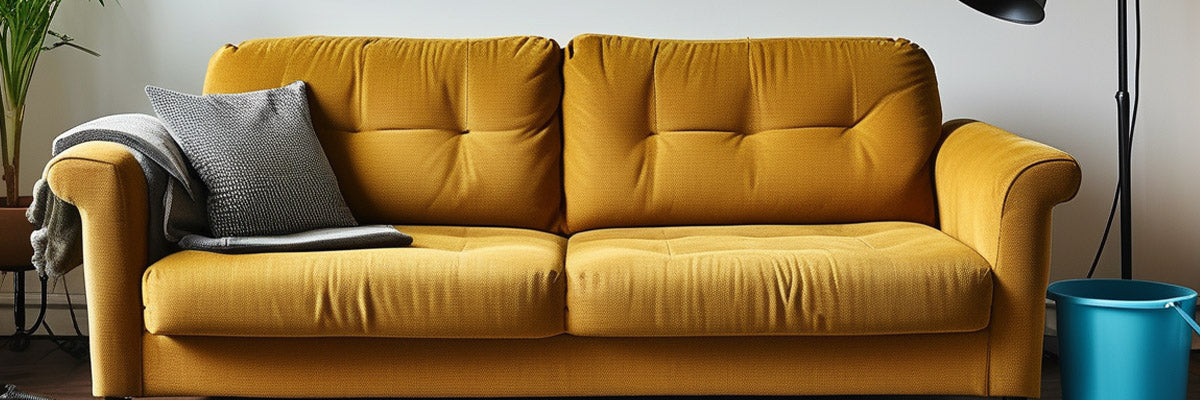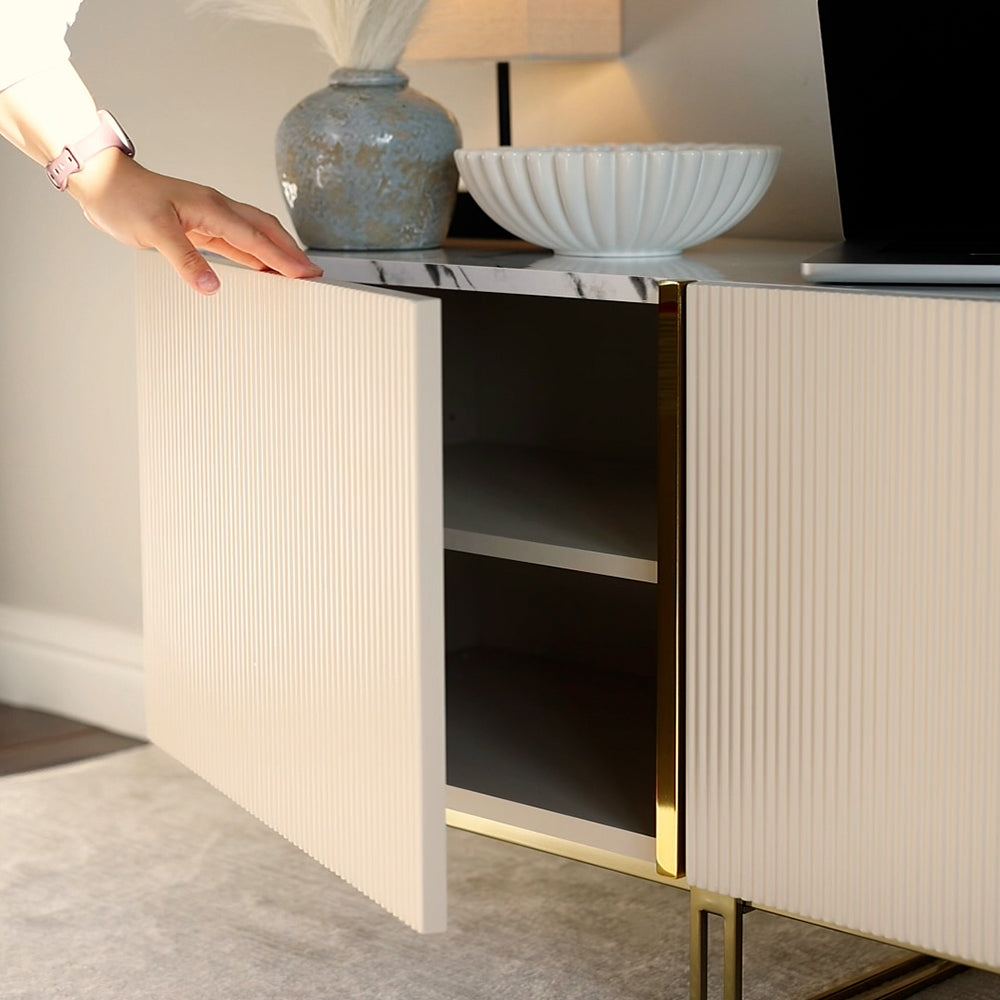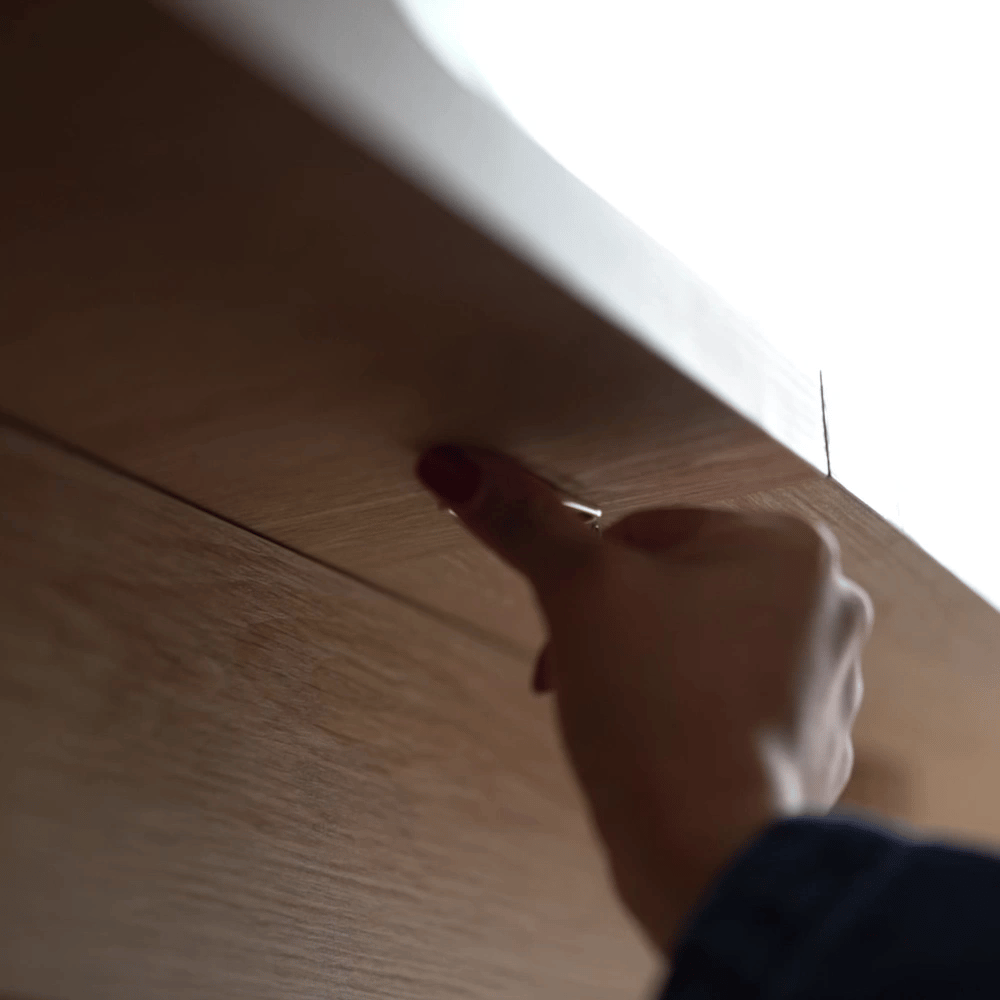Your couch is far more than just a functional furnishing; it's the warm, inviting heart of your living room, a silent chronicler of life's precious moments. It's where you've cuddled up during thunderstorms, shared belly laughs with friends over a movie, and perhaps even dozed off on a lazy Sunday afternoon. But as the days roll by, life's messiness – in the form of dirt, stubborn stains, and lingering odors – can gradually dim its allure.
Worry not, for you've landed on the ultimate guide to couch rejuvenation. As someone deeply immersed in the world of home care products and finely attuned to consumers' needs, I'm here to spill the beans on the very best ways to bring your couch back to its former glory. Whether your couch is a resilient microfiber marvel, a delicate cotton or linen beauty, or a sumptuous velvet showstopper, we've got a customized cleaning roadmap that'll ensure it stays as irresistible as the day it first entered your home. Get ready to roll up your sleeves and embark on a journey to couch-cleaning mastery, because your cozy sanctuary deserves nothing less.
Table of Content
1. Know The Couch Fabric

The very first step in the cleaning journey is to identify the fabric of your couch. Different materials demand distinct cleaning methods. Microfiber, renowned for its durability and stain resistance, can usually be cleaned with a mild detergent and water solution. A teaspoon of a gentle, non-abrasive detergent in a liter of warm water works wonders. However, always test this mixture on an inconspicuous area, like the backside of the couch, to check for any color bleeding or fabric distortion.
Natural fabrics such as cotton and linen bring a touch of elegance but are more delicate. They are prone to wrinkling and staining. For these, it's advisable to use a pH-neutral cleaner specifically formulated for upholstery. Avoid harsh chemicals that could damage the fibers. Velvet, on the other hand, with its plush texture, requires extra caution. Use a soft brush attachment on your vacuum cleaner for regular dusting and opt for a cleaner designed to maintain its softness without crushing the pile.
2. Regular Vacuuming: The First Line of Defense
Regardless of the fabric, regular vacuuming is essential. Use the upholstery attachment on your vacuum to reach into crevices and corners. This not only removes surface dirt, crumbs, and pet hair but also prevents them from embedding deeper into the fabric, which can cause more stubborn stains over time. Aim to vacuum your couch at least once a week if it's in a high-traffic area or if you have pets. For those with allergies, more frequent vacuuming can significantly reduce allergen buildup.
3. Tackling Stains Promptly
When accidents happen, and stains occur, quick action is key. For fresh liquid stains, like spilled coffee or juice, immediately blot the area with a clean, absorbent cloth. Avoid rubbing, as it can spread the stain further into the fabric. Once you've blotted up as much liquid as possible, apply a suitable stain remover. For instance, a mixture of baking soda and water can work well on many common stains. Make a paste, apply it gently to the stain, let it sit for a few minutes, and then blot again until the stain lifts.
For tougher stains like ink or grease, specialized upholstery stain removers are your best bet. Brands like Folex and Resolve offer products designed to break down and lift even the most stubborn marks. Follow the instructions carefully, usually involving spraying the remover directly on the stain, allowing it to penetrate, and then blotting or gently scrubbing with a soft brush.
4. Deep Cleaning with Steam
Periodically, your couch will need a more thorough cleanse, and steam cleaning is an excellent option. You can rent a professional steam cleaner from most home improvement stores or invest in a quality handheld model. Steam penetrates deep into the fabric, killing bacteria, dust mites, and loosening embedded dirt. Before steaming, ensure your couch fabric can withstand the heat and moisture. Test a small area first. When steaming, move the nozzle slowly in a sweeping motion, overlapping each pass slightly. Afterward, allow the couch to dry completely, which may take several hours depending on the fabric and room ventilation.
5. Natural Alternatives for a Fresh Touch

If you prefer a more natural approach, your kitchen pantry holds some great cleaning allies. White vinegar diluted with water (1 part vinegar to 2 parts water) can cut through odors and light dirt. Spray it on a cloth and gently wipe the couch, but be cautious as vinegar's acidity can damage certain fabrics, so always test first. Baking soda is another gem. Sprinkle it liberally on the couch, let it sit for 15-30 minutes to absorb odors, and then vacuum it up thoroughly. It's especially effective for eliminating musty smells or pet odors trapped in the fabric.
6. Post-Cleaning Care
Once your couch is clean, don't forget the finishing touches. Fluff up any flattened cushions or areas by gently kneading them or using a soft brush. If possible, place the couch near an open window or use a fan to speed up the drying process, but avoid direct sunlight as it can cause fading. Consider applying a fabric protector spray after cleaning. This invisible shield repels future spills and stains, making subsequent cleanings easier and less frequent.
7. Conclusion
In conclusion, keeping your couch clean is a combination of regular maintenance, prompt stain treatment, and periodic deep cleaning. By understanding your couch's fabric and using the appropriate cleaning methods, you can extend its lifespan and preserve its beauty. So, roll up your sleeves and give your couch the TLC it deserves, ensuring it remains a cozy haven for years to come.
If you want to buy our home furniture or couch for living room, you can check out more on our store

